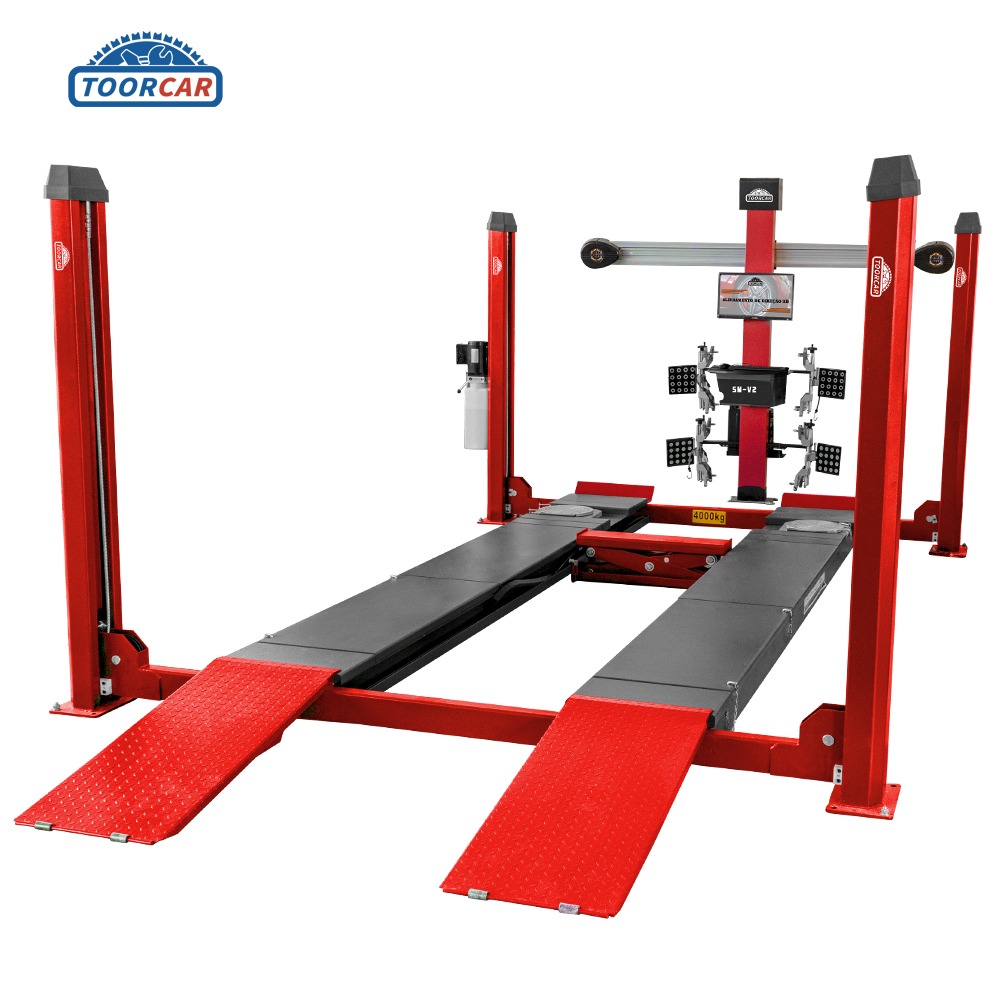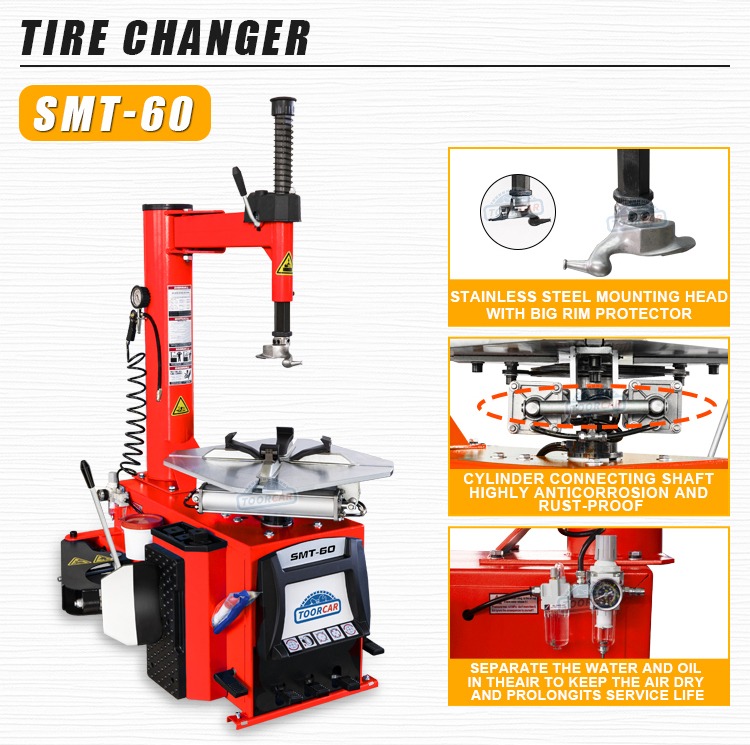Maintaining Alignment in High-Speed Environments Wheel Alignment for Racing
Maintaining proper wheel alignment is essential for racing cars to ensure optimal performance and safety on the track. In high-speed settings, where every second matters, wheel alignment significantly enhances a car’s handling, stability, and overall speed. This article delves into the fundamentals of wheel alignment, the challenges of maintaining alignment in high-speed environments, and the techniques used to address these challenges. It also highlights the numerous benefits of proper wheel alignment in racing cars, including improved tire wear, fuel efficiency, cornering, and braking capabilities. By understanding and applying the right alignment techniques, race car enthusiasts can maximize their vehicle’s performance and gain a competitive edge.
The Basics of Wheel Alignment
Wheel alignment is a crucial yet often overlooked aspect of vehicle maintenance. It involves adjusting the angles of the wheels so that they are parallel to each other and perpendicular to the ground, ensuring optimal handling, tire longevity, and fuel efficiency.
One of the primary benefits of wheel alignment is enhanced vehicle handling. Properly aligned wheels allow the vehicle to maintain a straight and stable course, reducing the need for constant steering corrections. This not only makes driving more comfortable but also enhances road safety.
Another advantage is the extended lifespan of tires. Misaligned wheels can cause uneven tire wear, leading to premature tire replacement. Aligning the wheels ensures even tire wear, resulting in longer-lasting tires and cost savings over time.
Proper wheel alignment also boosts fuel efficiency. Misaligned wheels create additional drag, causing the engine to work harder and consume more fuel. Aligned wheels reduce resistance, improving fuel economy and reducing emissions.
To ensure proper wheel alignment, it is essential to have a professional perform the service. During this process, a technician uses advanced equipment to measure and adjust the angles of the wheels accurately, checking camber, caster, and toe angles to meet the manufacturer’s specifications.
Regular wheel alignments are recommended, especially after hitting potholes or curbs, or when installing new tires. Even minor impacts can disrupt alignment, leading to potential issues. Therefore, maintaining proper alignment is crucial for optimal performance and preventing unnecessary wear and tear.
Challenges of Maintaining Alignment in High-Speed Environments
Maintaining alignment in high-speed environments presents significant challenges for vehicles and drivers. Wheel alignment, referring to the positioning of the wheels relative to each other and the vehicle’s frame, is essential for optimal performance, safety, and tire longevity.
In high-speed environments like racing tracks or highways, the challenges of maintaining alignment are more pronounced. The forces exerted on the wheels and suspension system increase with speed, leading to potential misalignment and affecting the vehicle’s handling, fuel efficiency, and tire wear.
One primary challenge is constant exposure to uneven road surfaces. Potholes, speed bumps, and other imperfections can jolt the wheels out of alignment, causing “pulling,” where the vehicle drifts to one side, requiring constant steering correction.
High-speed driving also generates significant heat, exacerbating alignment issues. The friction between tires and the road can soften and deform the rubber, affecting wheel alignment. This heat-induced misalignment leads to uneven tire wear and reduces tire lifespan.
To counter these challenges, regular wheel alignment checks and adjustments are crucial, especially for vehicles frequently operating in high-speed environments. Technicians use specialized equipment to measure wheel angles and make precise adjustments. Regular maintenance and alignment checks help identify and address alignment issues before they escalate.
Techniques for Maintaining Alignment in High-Speed Environments
Maintaining alignment in high-speed environments is vital for optimal performance and safety. Wheel alignment, the adjustment of wheel angles to the manufacturer’s specifications, enhances handling, reduces tire wear, and improves fuel efficiency.
One technique for maintaining alignment is regular wheel alignment checks. It is recommended to check alignment at least once a year or when signs of misalignment, such as uneven tire wear or pulling, are noticed. This proactive approach prevents issues from escalating and keeps the vehicle in optimal condition.
Another technique is to avoid driving over potholes or road hazards. These obstacles can significantly impact wheel alignment, causing misalignment and affecting performance. Cautious and defensive driving minimizes the risk of encountering such hazards.
Proper tire maintenance is also essential. Regularly checking tire pressure and ensuring it is within the manufacturer’s recommended range is crucial. Underinflated or overinflated tires lead to uneven wear and affect alignment. Additionally, rotating tires regularly promotes even wear, further supporting alignment stability.
Regular inspections of suspension components and steering systems are equally important. Damaged or worn components contribute to misalignment and compromise stability at high speeds. Inspecting and addressing these components promptly ensures the vehicle remains aligned and safe.
Benefits of Proper Wheel Alignment in Racing Cars
Proper wheel alignment maximizes the performance of racing cars, enhancing handling and stability while offering numerous benefits that can impact race outcomes. Racing cars with regular alignment experience improved traction, reduced tire wear, and increased fuel efficiency.
One key advantage is enhanced handling. Correctly aligned wheels allow the car to respond accurately to steering inputs, giving the driver better control. In racing, where split-second decisions matter, proper alignment enables more effective cornering, faster lap times, and a competitive edge.
Proper alignment also ensures optimal stability, even at high speeds. This stability allows the driver to push the car to its limits without compromising safety. A stable racing car reduces the risk of accidents and provides driver confidence.
Proper alignment reduces tire wear by ensuring even wear, which is crucial in racing. Worn tires affect performance, but aligned wheels prolong tire lifespan, saving on replacement costs and maintaining optimal grip and traction.
Additionally, proper alignment increases fuel efficiency. Aligned wheels reduce resistance, allowing smoother and more efficient movement, saving on fuel costs. In racing, where fuel efficiency can impact outcomes, proper alignment offers a significant advantage.
Conclusion
Wheel alignment is a vital aspect of vehicle maintenance with numerous benefits, including improved handling, extended tire lifespan, and enhanced fuel efficiency. Regular professional wheel alignment services are essential to keep your vehicle in top shape. Maintaining alignment in high-speed environments is challenging, requiring careful attention and regular maintenance. Proper alignment is necessary for optimal performance and safety. By addressing alignment issues promptly and conducting regular checks, drivers can minimize the risks associated with misalignment. Techniques for maintaining alignment include regular checks, avoiding road hazards, proper tire maintenance, and inspecting suspension components. Following these practices results in improved handling, reduced tire wear, and enhanced safety during high-speed driving. In racing cars, proper alignment is crucial, contributing to improved handling, stability, tire wear reduction, and increased fuel efficiency. Correctly aligned wheels give racing teams a competitive edge and increase their chances of success on the track.





